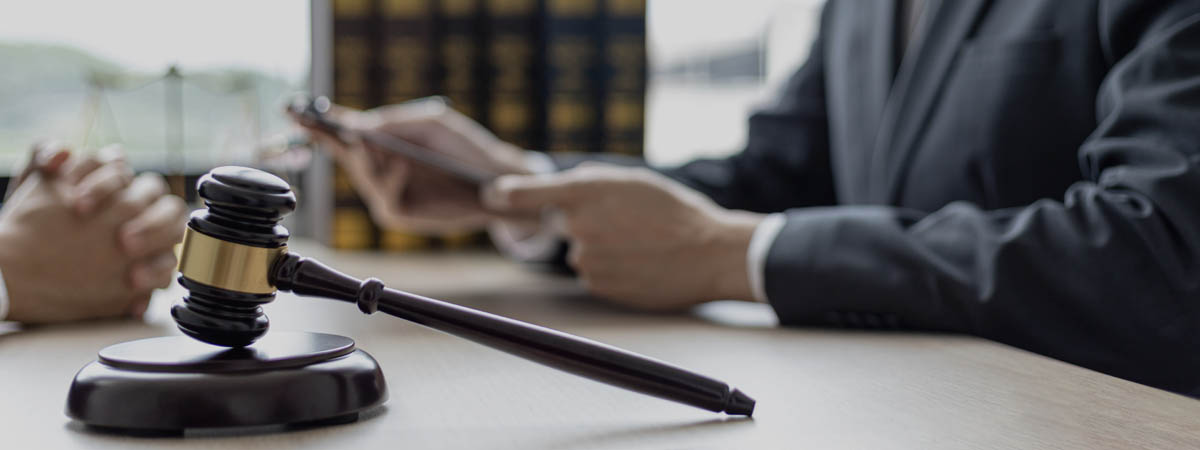Understanding the nature of tempered glass can be a key factor in successfully defending a criminal charge where damage to property is an element of the offense or an important part of the surrounding circumstances. Having testimony from an expert witness may be extremely helpful in misdemeanor and felony cases.
The behavior and response of tempered glass when it is subjected to significant force can be of particular importance in a criminal defense case.
Let’s start with a quick discussion of three common types of glass.
Different types of glass respond to force in different ways.
Some glass shatters. Other glass will crumble. Sometimes a piece of glass will just crack. Manufacturing processes and materials will determine how a particular piece of glass behaves under stress or force.
Ordinary Window Glass
Ordinary window glass used in many homes will break into large, extremely sharp shards. These shards can cause severe lacerations and injuries. This type of glass is not used in automobiles, as it would create a substantial risk of death in even minor accidents.
Laminated Safety Glass
Laminated safety glass was developed in the early 20th century. It consists of two or more layers of glass with an additional plastic or polymer layer sandwiched between the glass layers. The additional layer prevents the glass from immediately breaking into dangerous shards, but instead results a spider-web pattern of cracks or single long cracks that can sometimes extend the full length of the glass.
Laminated safety glass is legally required in automobile windshields. This type of glass prevents large sharp shards of glass from flying into the passenger compartment during an accident. It can also remain intact even after being hit, thus continuing to protect occupants from flying road debris.
Tempered Glass
Tempered glass is produced by heating the glass and then rapidly cooling the glass. It is a single-ply material and therefore does not hold together when it cracks. Instead, it almost instantly crumbles into thousands of small, pebble-like pieces of glass that do not have sharp edges.
As a result of the tempering process, this type of glass is very resistant to blunt force impact. Online videos can be found showing people hitting a piece of tempered glass with a baseball bat or a hammer without causing any damage to the glass. Yet a relatively small but concentrated force can cause the glass to crumble.
What kind of cases can benefit from an expert witness?
Expert witnesses can provide a significant strategic benefit in a jury trial setting. Whether the case involves misdemeanor or felony charges, the Utah Rules of Evidence allow the defense to present testimony from a witness who has specialized knowledge that will help a jury understand relevant issues and factual determinations in the case.
Any case that involves evidence of broken glass, whether it is alleged that the damage was done intentionally or accidentally, can potentially benefit from consultation with or testimony from an expert witnesses. Charges that commonly involve evidence of broken glass and the force allegedly used to cause the breakage can include: damage to property, assault, burglary, and robbery.
